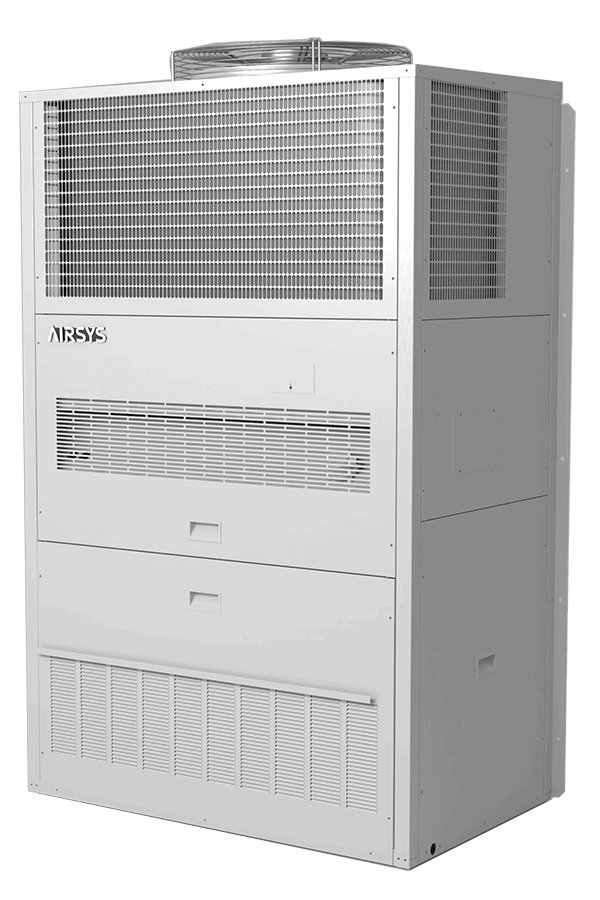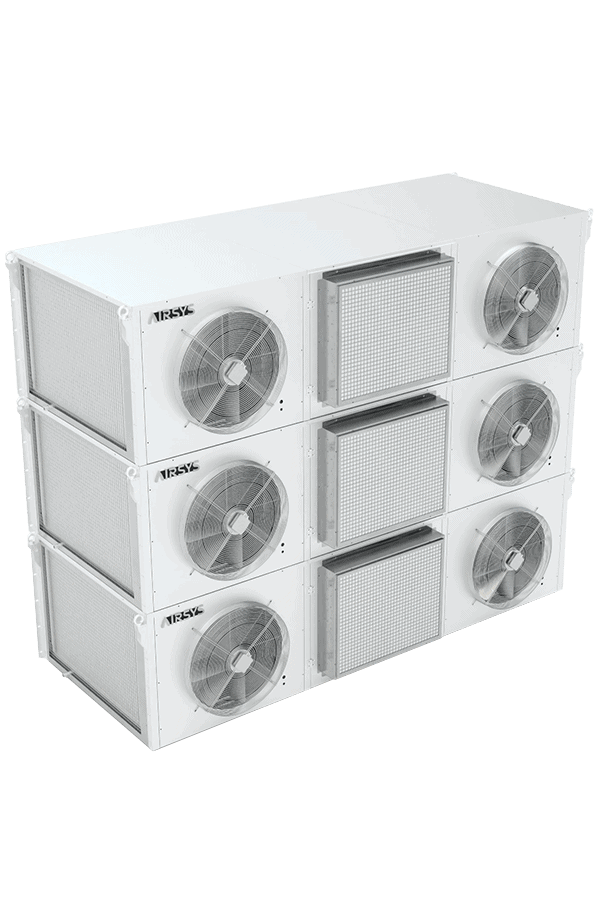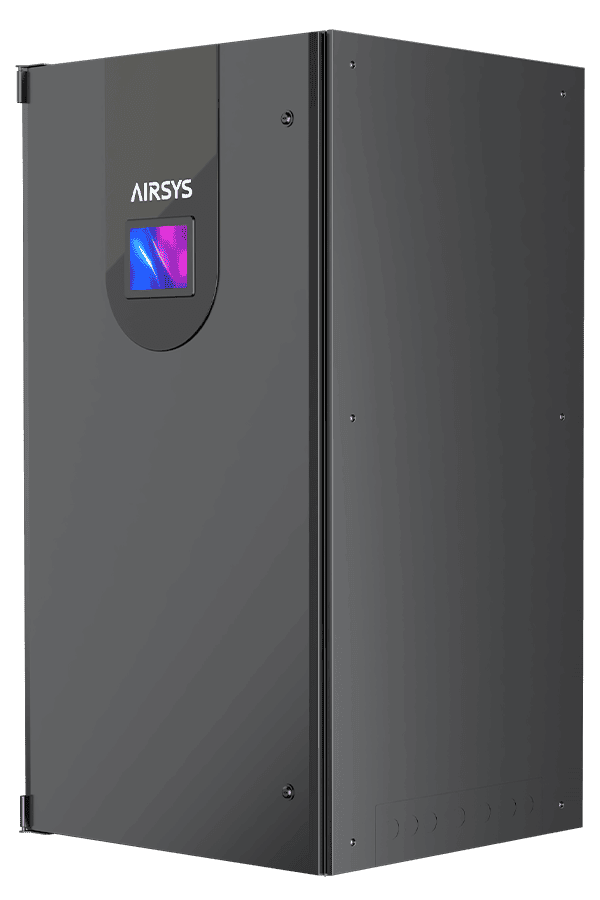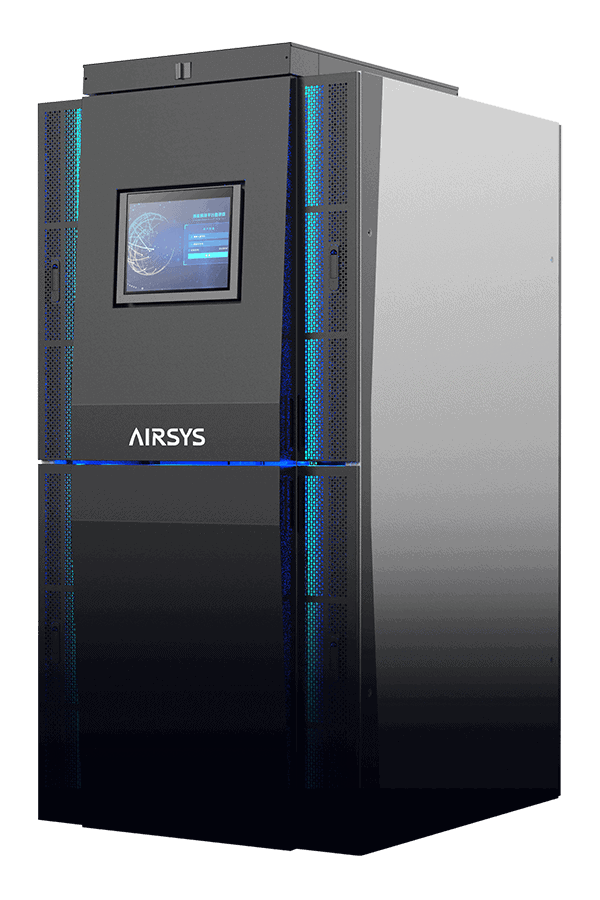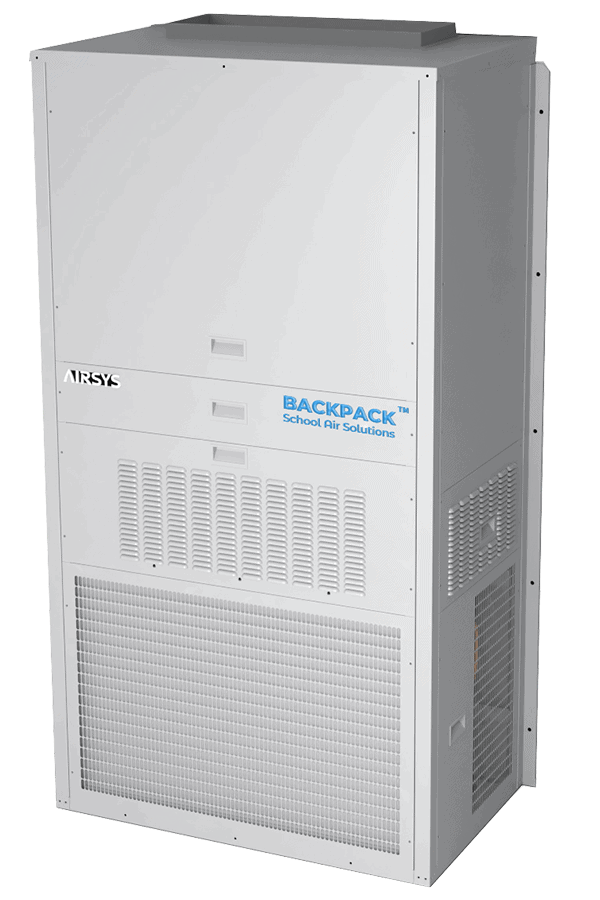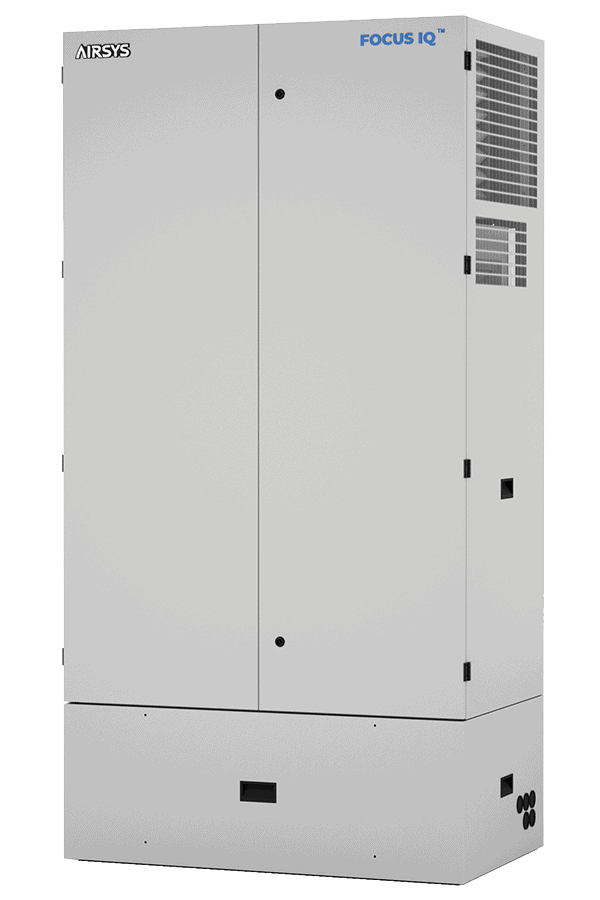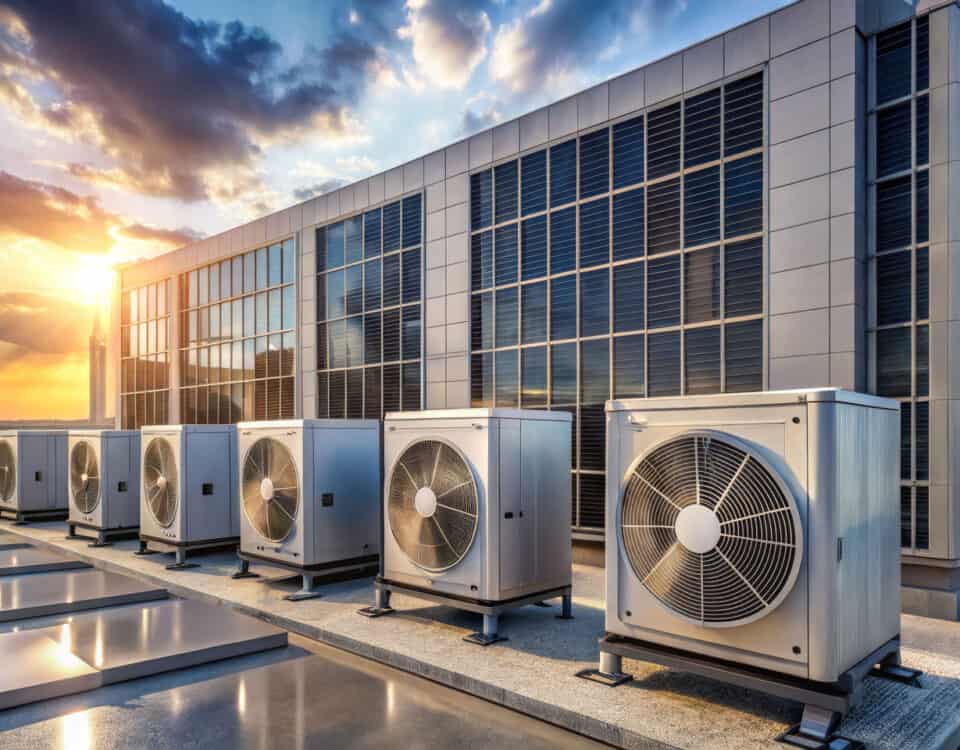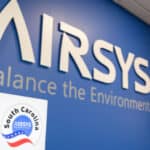
Innovation with Integrity: AIRSYS USA’s Approach to Responsible Manufacturing
April 25, 2024A multitude of factors contribute to schools’ learning environments. However, one critical element that frequently gets overlooked or deprioritized is schools’ air solutions.
And the numbers speak for themselves. A 2020 GAO report revealed that 36,000 school buildings in the US have substandard HVAC systems. This eye-opening statistic underscores the importance of updating schools’ air management systems with features and technologies tailored to solve contemporary needs and challenges.
Critical Considerations Affecting Schools’ Approach to Air Management Systems
- Climate Events: The world faces significant climate shifts, marked by extreme weather events and changing weather patterns that disrupt day-to-day life. According to the National Centers for Environmental Protection, 2023 was the fifth-warmest year on record, with a historic 1 billion dollars allocated to weather and climate disasters. These outdoor weather conditions impact indoor comfort and the learning environment, straining schools’, often dated, air management systems.
- Budget Constraints: Budget cuts often prioritize other areas over building maintenance, potentially neglecting aging HVAC systems and leading to infrastructure deterioration.
- High Energy Bills: Energy expenses, accounting for the second highest expenditure after salaries, place a high financial burden on school operators. This highlights the need for cost-effective and energy-efficient HVAC systems.
- Health Concerns: HVAC systems are crucial in mitigating virus transmission and maintaining indoor air quality. Poor air quality poses health risks (skin and eye irritation, allergies, asthma, etc.), potentially impeding student well-being and academic achievements.
- Environmental Compliance: High energy consumption and shifting climate trends accelerate the rollout of environmental regulations. This will necessitate HVAC upgrades for compliance.
Schools Can’t (and Shouldn’t) Compromise on A Good HVAC System
Air quality systems are vital in cultivating a healthy and conducive learning environment. Outdated and environmentally harmful systems lead to inefficient filtering, illnesses spreading, and undermining student focus. Conversely, modern HVACs excel at maintaining consistent temperature control and humidity levels, with much less noise and fewer resources. This operation mode creates a comfortable, productive atmosphere that empowers student success.
Despite the clear benefits, schools often hesitate to modernize their air management systems due to the high upfront costs. However, these improvements actually present significant cost-saving opportunities. According to the Learning Policy Institute, HVAC upgrades could slash the $6 billion public schools spend on energy annually by up to 25%, translating into a $1.5 billion surplus. These savings can then be reinvested into other core academic priorities, such as student and staff health resources, after-school programs, hiring top educators, one-on-one tutoring services, improving other facilities around the school, etc.
Legacy Vs. Modernized School Air Solutions
The majority of schools still utilize “legacy” HVAC systems. These burn fossil fuels that are harmful to both indoor and outdoor air quality, as well as the well-being of the school population. Additionally, they are ill-equipped to deliver adequate cooling, ventilation, or filtration.
In the 21st century, schools require modern air management systems that can effectively regulate temperature levels, ensure clean and optimal air quality at all times, meet environmental goals, and do it all cost-effectively.
So, how are air solutions adapted to meet schools’ current air management needs?
Incorporation of Heat Pumps in HVAC Infrastructure
Heat pumps represent a key technology for modernizing school air solutions. In this approach, the heat pump serves as a bi-directional, dual-purpose “heat transporter”, transferring heat (vs. generating it) from areas with excessive heat to those needing it.
Being all-electric, heat pumps are combustion-free. They also have advanced ventilation and filtration systems that improve indoor air quality, creating a healthier and safer environment for school occupants. Additionally, and despite their all-electric nature, heat pumps are also six times more efficient than fuel-burning HVAC systems, making them both environmentally friendly and economically viable.
The diverse range of heat pump systems provides schools with the flexibility to tailor the technology to specific needs. This versatility allows for seamless integration into existing infrastructure while minimizing disruptions to school operations.
Focus on Energy Efficiency
Energy-efficient air solutions are a top priority for modern schools, driven by both cost savings and environmental stewardship goals. The latest technologies maximize energy performance with features like variable speed compressors, energy recovery functions, eco-friendly refrigerants, and proper equipment sizing.
For instance, AIRSYS’ school air solutions are built with enhanced vapor injections (EVI) and energy recovery ventilators, allowing up to 32-73% greater efficiency than almost any other option. AIRSYS also prioritizes sustainability by utilizing green cooling technologies and refrigerants that minimize pollutants and safeguard human health.
While requiring upfront investment, the operating savings from lower utility bills accumulate rapidly, estimated at $2-$3 saved per $1 invested. Thus, energy-efficient HVAC systems provide long-term financial benefits alongside a reduced environmental footprint.
Smart Technologies
Advanced cooling technologies leveraging AI capabilities represent another key enabler for reducing energy costs and consumption in school air management systems. These smart solutions compensate for a major inefficiency of legacy systems — the inability to dynamically adjust operations based on real-time data inputs.
AI-driven air solutions incorporate sensors to monitor outdoor and indoor conditions and automatically optimize operations accordingly, for instance, limiting heating/cooling in unoccupied areas or modulating air filtering and ventilation based on indoor air quality and pollutant levels.
By adding AI capabilities to existing HVAC infrastructure, schools can realize up to 25% reductions in energy consumption and up to 40% decrease in emissions. Just as importantly, the automated functionality alleviates maintenance burdens and minimizes operational disruptions across school facilities.
Modern Air Solutions Tailored to Modern Schools
The pressing requirements of the 21st century force the adaptation of schools’ air solutions. From prioritizing students’ well-being and addressing monetary constraints to upholding environmental responsibility, current air quality systems allow schools to achieve these goals.
AIRSYS stands out as the industry’s preferred precision classroom cooling solution for K-12 facilities, driven by our unwavering commitment to reliability, sustainability, and innovation. Our unique school air solutions — the FOCUS IQ™ Indoor and the Backpack™ — don’t only incorporate this approach but also come with 24/7/365 serviceability for additional peace of mind. Explore our advanced cooling products, and let’s create optimal and safe learning environments together.
Sources:
https://rmi.org/four-reasons-why-k-12-schools-are-warming-up-to-heat-pumps/
https://learningpolicyinstitute.org/blog/covid-hvac-systems-essential-resource
https://www.trane.com/residential/en/resources/glossary/what-is-a-heat-pump/
https://brainboxai.com/en/solutions/building-decarbonization/reduce

